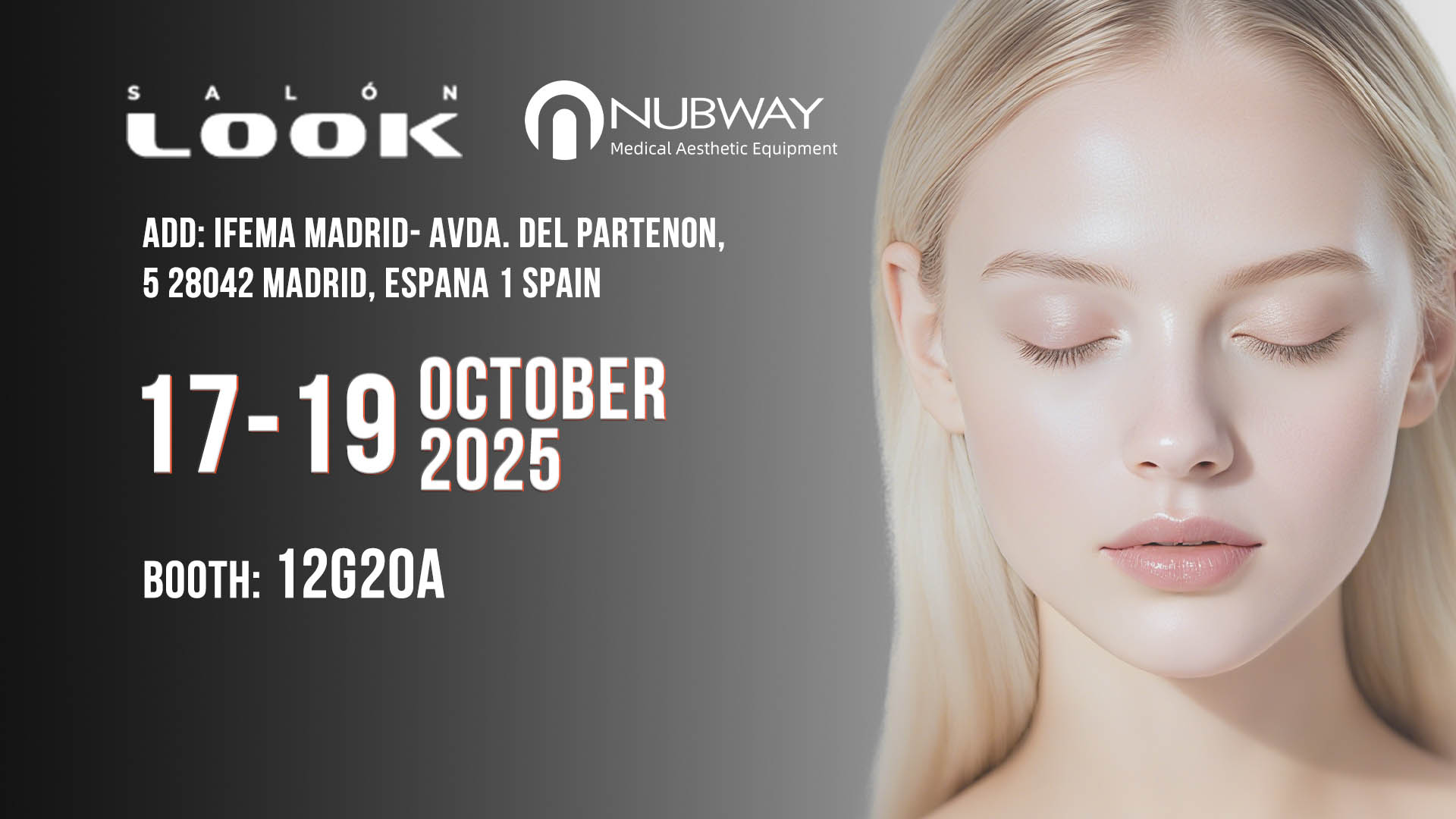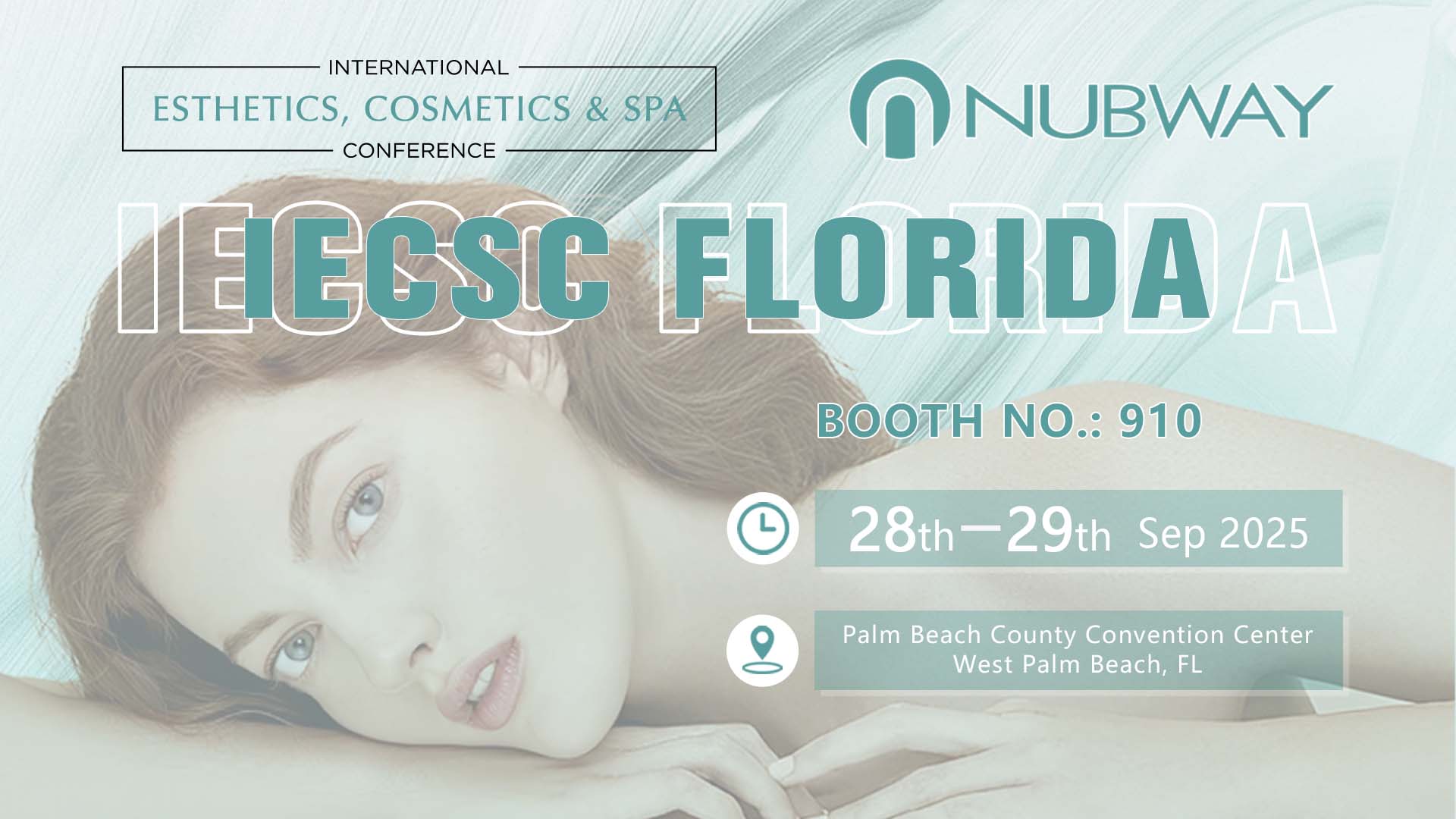Nubway has been established since 2012 and located in Shunyi District, Beijing, China. We integrated R&D, production, sales and training services for a highly efficient and optimal manufacturing corporation.

Salón Look International 2025 is about to start. We sincerely invite you to visit!
Exhibition Information
Date : October 17-19, 2025
Location : IFEMA MADRID-AVDA.DEL PARTENON,5 28042 MADRID,ESPANA 1 SPAIN
Booth : 12G20A
-1024x576.jpg)
INTERCHARM 2025 is about to start. We sincerely invite you to visit!
Exhibition Information
Date : October 15-18, 2025
Location : Mezhdunarodnaya 18 (Pavilion 3), P.O. box 92,Krasnogorsk 143402,Krasnogorsk area, Moscow region.
Hall : PAVILION3,HALL13
Booth : 13E29

IECSC Florida 2025 is about to begin, we sincerely invite you to visit!
Date: September 28th-29th,2025
Location: Palm Beach County Convention Center | West Palm Beach,FL
Booth No.: 910
Looking forward to meeting you!
Beijing Nubway S and T Co. Ltd is a professional manufacture of OEM AND ODM in beauty equipments field. We always provide first-class beauty machines with most competitive prices to our clients. Welcome Contact us.